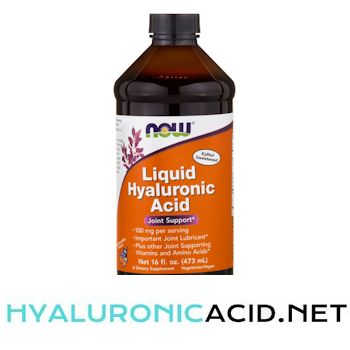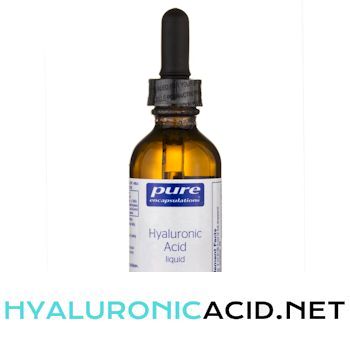The human body produces its own hyaluronic acid that helps it to carry on with its basic functions and get through the daily routine. Its highest concentrations are found in the eyes, joints, and skin. Our body has an average of 15 grams of hyaluronic acid and one-third of it is synthesized and degraded every day. However, with the passing of age, as the other functions of the body slow down, the production of the acid also comes to a standstill, which causes problems as the functions that hyaluronic acid liquid was previously performing can no longer be performed. Sometimes, other causes, like trauma related to sports, hereditary issues and accidents can also lead to a deficiency of hyaluronic acid liquid in the body. In such cases, the acid must be replaced in the body in its purest possible form.

Hyaluronic acid liquid provides the lubrication that our joints need to function. It is highly useful for the soft tissues. When there is a deficiency of the acid, it leads to diseases like osteoarthritis (sports persons are highly likely to develop the disease in later years of their lives), restriction in movement and the excruciating pain that follows. In such cases, hyaluronic acid is given to the patient either orally through tablets or gummies, or hyaluronic acid liquid is injected directly into the affected area. This treatment continues for three to five weeks, where the patient is injected with hyaluronic acid liquid once each week.
Albeit it shows results for up to a year, it may take a few days to show results as the body adapts to the medicine, which will lead to redness and pain in the injected area. Complete symptoms of hyaluronic acid liquid have not as yet been studied, so it may react differently with different bodies, in the case of which doctors should be immediately informed. In worst case scenarios, hyaluronic acid liquid shows no result at all, leading to a waste of time, money and energy. Even when it does have effects, sometimes it provides only moderate relief, and which is also complicated as the hyaluronic acid liquid is known to delay the effects of stiffness in joints, and pain relief, its long-term effects are not known as yet.
However, it is known to influence the way our body reacts to different injuries.
Hyaluronic acid is one of those trendy skin care ingredients that have earned their reputation.

Hyaluronic acid liquid works as a shock absorber and lubricant that is responsible for keeping the shape of our eyes intact so that we can see optimally. Imagine taking a run barefoot. The shock that it gives to our feet that travels to the rest of our body is much easier to absorb if we wear shoes that provide a cushioning and stabilizes every next step. Similarly, the hyaluronic acid liquid in our eyes stabilizes our vision and works as a shock absorber in order to protect the eye’s delicate tissues.
Similar to what it does for our joints, hyaluronic acid liquid in our eyes works as a medium, through which nutrients are transported.
During cataract surgeries, physicians inject hyaluronic acid liquid into the eye. The liquid, when used as drop is also useful in cases of dry eye, as the liquid in our eye is mainly hyaluronic acid liquid. It is also useful in cases of a detached retina and other eye injuries.
Pregnant are strictly forbidden from taking hyaluronic acid. Although injections are probably safe for them (there is very little surety), the effects of hyaluronic acid taken orally or applied on the skin are not as yet known. When it comes to nursing women, the injections may or may not leave its effects on the breast milk; the result has not been studied in much detail. Applying it on skin or taking it orally during breastfeeding is also not advised, due to its unpredictable nature.